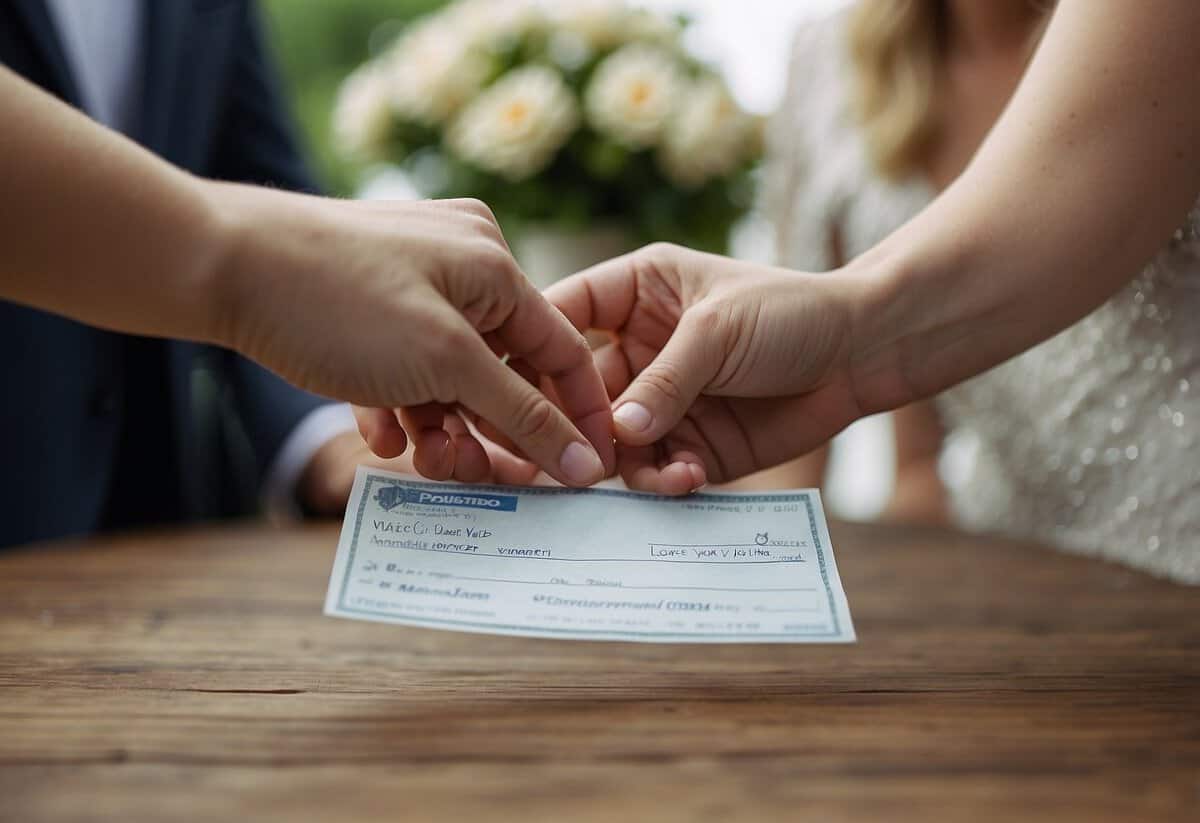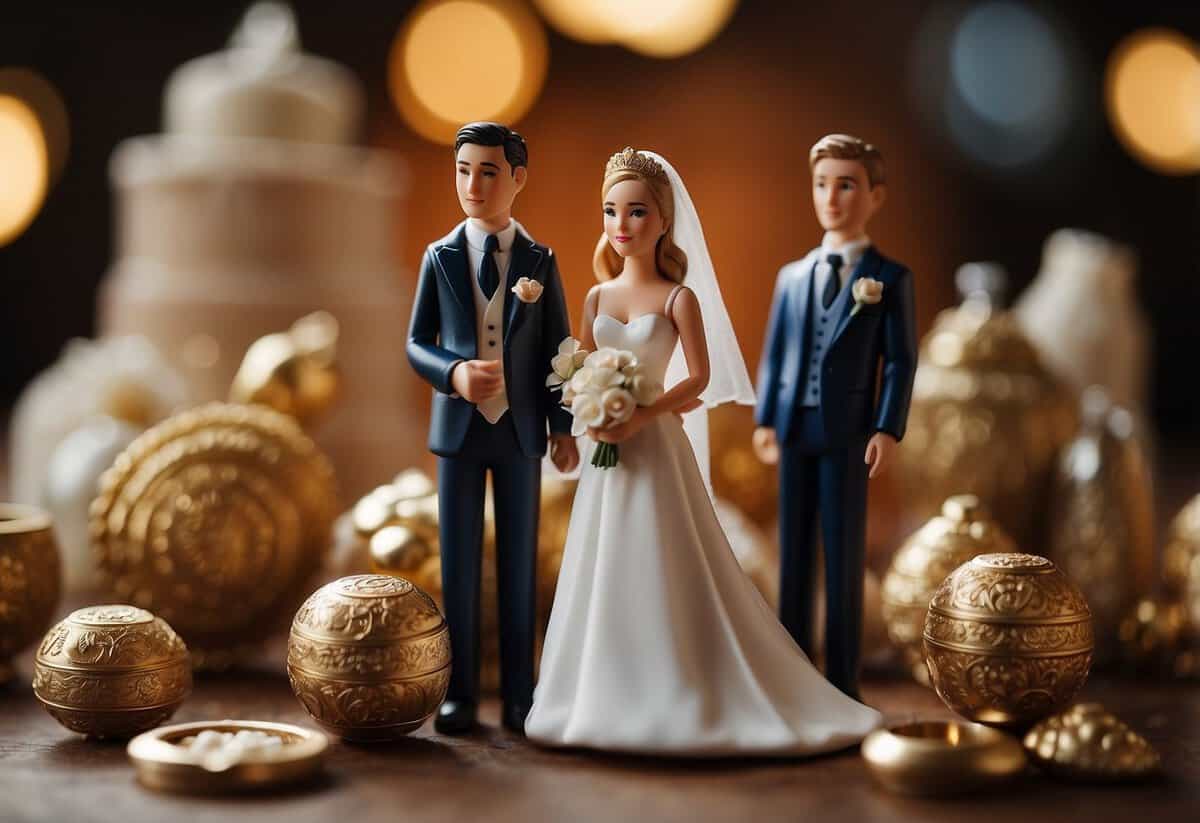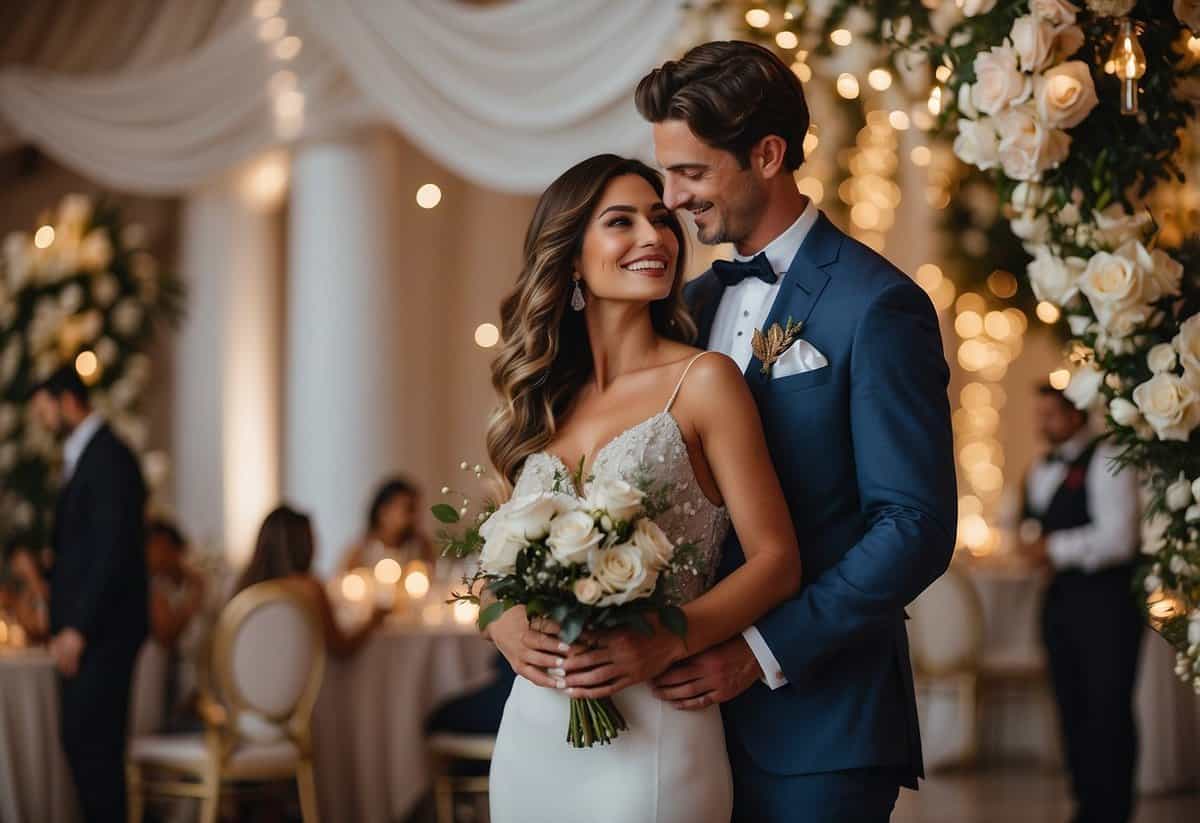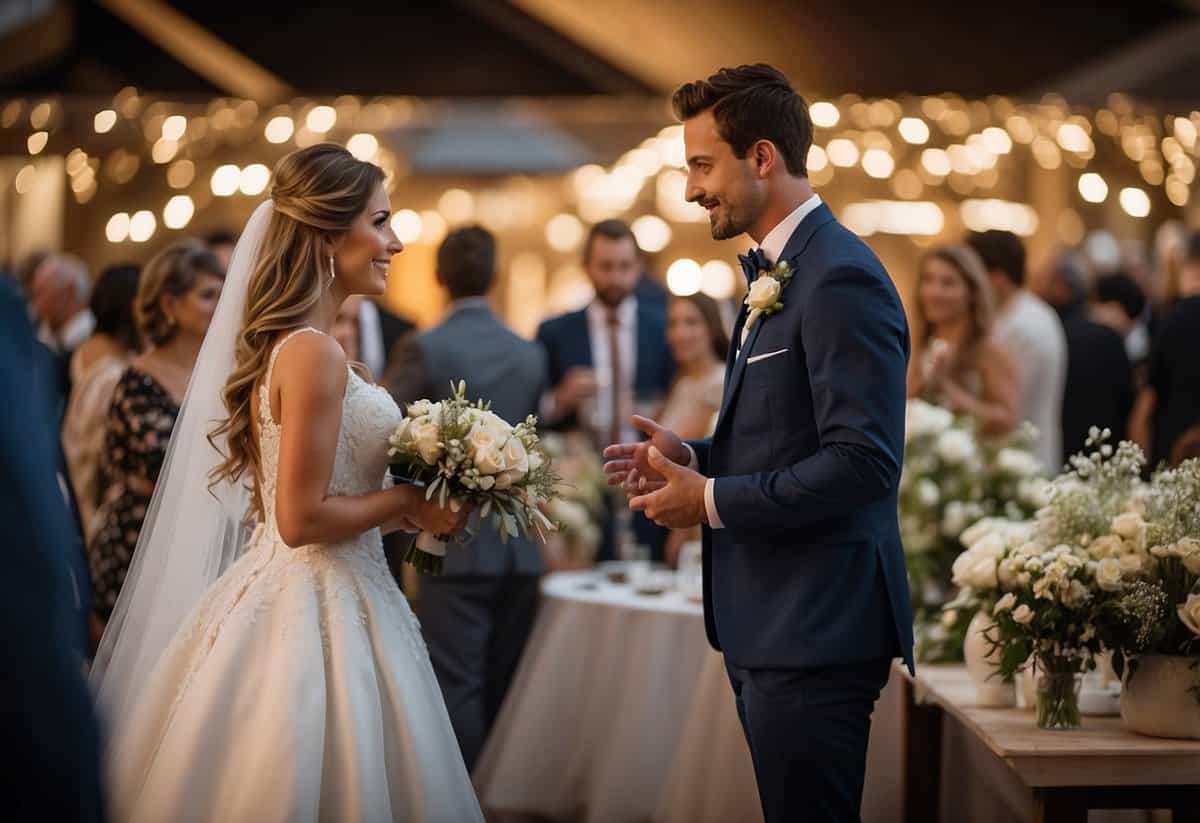Which Family Pays for Wedding UK? A Simple Guide
Planning a wedding can be a magical time, but figuring out the financials can add an extra layer of stress. You might be wondering how to fairly divide the costs. In the UK, it’s traditionally expected that the bride’s family pays for most of the wedding expenses. This includes the wedding planner, invitations, and reception.

Today, many couples and their families prefer to split the costs more evenly. Often, the groom’s family will cover the rehearsal dinner, honeymoon, and sometimes the alcohol at the reception. Couples themselves also contribute significantly, with many covering at least half of the total expenses.
These days, the way you share expenses can also depend on your cultural or religious background. While tradition plays a role, many modern couples choose a more personal approach, tailoring the budget to fit their unique situation. Want to know more about how different families handle wedding costs in the UK? Keep reading to uncover the details and get some tips on managing your wedding budget effectively.
Understanding UK Wedding Cost Traditions

In the UK, who pays for the wedding has changed over the years. Originally, the bride’s family covered most costs, but now many expenses are shared among the couple and both families.
Historical Perspectives on Wedding Finances
Traditionally, the bride’s family was expected to handle the largest part of the wedding budget. This included expenses such as the venue, catering, and often even the bridesmaid dresses. Meanwhile, the groom’s family took care of specific costs like the rehearsal dinner, transportation for the wedding day, and the officiant.
Over time, these rules have become more flexible. Nowadays, it is common for couples to pay for a significant portion of their own wedding expenses, often with support from both sets of parents. For instance, the growing trend shows that the bride’s parents might contribute about 25% of the overall costs, the groom’s family another 25%, and the remaining 50% covered by the couple themselves.
Families sharing wedding costs helps to alleviate financial pressure and ensures everyone is involved in planning the special day. The main aim is to create a memorable event where cost-sharing can make it more manageable and less stressful for all involved parties. For more detailed information on how these traditions have evolved, visit Hitched.
Deciding Who Pays for What

Planning a wedding involves deciding how to share the costs among the families and possibly the couple themselves. This responsibility includes understanding traditional roles and adapting them to modern practices.
Bride’s Family Contributions
Traditionally, the bride’s family covers significant portions of the wedding budget. These contributions include paying for the wedding reception, which encompasses costs for the venue, food, and decorations. The bride’s family might also be responsible for the bride’s dress, wedding invitations, and flowers.
Historically, these expenses were a way for the bride’s family to host and celebrate the union. With the rising costs of weddings, it’s not uncommon for these expenses to be shared more evenly or split among all parties involved.
Groom’s Family Responsibilities
The groom’s family has its set of traditional financial responsibilities. They are often expected to handle the rehearsal dinner, which takes place the evening before the wedding. This includes covering the venue, food, and drinks for this event.
Other responsibilities might include the groom’s wedding attire, the officiant fees, and the honeymoon expenses. Additionally, they may pay for transportation on the wedding day and alcohol at the reception, as noted in this guide to cost-splitting.
Splitting Costs and Modern Adaptations
Today’s couples often prefer a more flexible approach to wedding finances. Many choose to contribute significantly to their wedding costs, either splitting them between both families or handling them alone. Financial support can also come from friends and other relatives.
In fact, a recent survey revealed that 63% of couples received financial help from family and friends. This modern spending plan allows couples to have more control over their wedding budget and adapt to what suits their circumstances best.
Using a modern approach can relieve stress and ensure that all parties feel comfortable with their financial contributions.
Major Wedding Expenses

Planning a wedding involves several big expenses, which can add up quickly. Here we break down the significant costs you should consider when budgeting for the big day.
Venue and Accommodations
The venue is often the most significant expense in a wedding budget. Whether you choose a grand hotel, a cozy barn, or a chic city hall, expect this to be a substantial part of your wedding costs. Rental fees can vary widely, so it’s essential to visit multiple locations and compare prices.
Accommodations for guests, especially if they are traveling from afar, can also add up. Some couples opt to cover these costs, while others leave it to their guests. Negotiating group rates with nearby hotels can help save money.
Attire and Rings
Your wedding attire is another significant expense. The bride’s dress, accessories, and the groom’s suit can cost hundreds to thousands of pounds. Custom-made dresses or designer labels will generally cost more. Don’t forget about additional costs like alterations, shoes, and jewelry.
Wedding rings are another major purchase. The cost for rings can vary based on material and design. Simple bands are usually less expensive, while custom or diamond-studded rings can be much pricier. It is wise to set a budget for these items early on.
Food, Drinks, and Cake
Catering is a big-ticket item for most weddings. The price will depend on the number of guests, the menu complexity, and whether you choose a buffet or a sit-down meal. Adding a variety of drinks, including alcohol, can significantly increase your expenses.
Don’t forget about the wedding cake. Depending on its size, design, and flavor, it can be a considerable cost. Many couples now also offer dessert tables or additional sweet treats, which can add to the overall food and drink budget.
Decorations and Flowers
Decorations and flowers can transform your venue but can also be costly. Common expenses include centerpieces, bouquets, and additional venue decorations like lighting and linens. Fresh flowers, especially exotic or out-of-season blooms, can be particularly expensive.
Consider working with a florist to create a cohesive look within your budget. Some couples choose alternative decorations, like candles or DIY projects, to cut costs. Prioritizing what’s most important can help you manage this expense effectively.
Managing Wedding Vendors and Services

Effectively managing wedding vendors and services is crucial to ensuring that your big day goes off without a hitch. From booking the right photographer to choosing your floral decorations, clear communication and thoughtful planning are key.
Photography and Videography
Your photographer and videographer capture the memories of your special day, so it’s important to choose professionals you trust. Start by looking at portfolios and reading reviews. Schedule interviews to discuss their style and your expectations.
Decide whether you want both photo and video coverage, and ensure they understand your timeline. Providing them with a list of must-have shots can also help them deliver exactly what you want. Don’t forget to discuss their packages and fees upfront.
Flowers and Décor
Floral decorations and décor set the mood for your wedding. Work closely with your florist to choose colors and flowers that match your theme. It’s helpful to bring pictures of arrangements you like to make sure you’re on the same page.
Discuss where flowers will be needed: bouquets, centerpieces, aisle markers, etc. For décor, talk about your vision for the ceremony and reception spaces. Confirm costs, including setup and teardown fees, so there are no surprises later.
Music and Entertainment
When it comes to music and entertainment, you have several options. Decide whether you want a band, DJ, or other forms of entertainment. Each has its own vibe and can greatly influence the atmosphere of your wedding.
Meet with potential musicians or DJs to discuss their playlists and performance styles. Clarify what equipment they provide and what you need to rent. Create a timeline for the big day so they know when to play specific songs, such as for your first dance.
Wedding Planning and Coordination
Hiring a wedding planner can help alleviate much of the stress that comes with organizing your wedding. They can handle everything from coordinating with vendors to ensuring everything runs smoothly on the day itself.
Discuss your budget and priorities with your planner. They can offer valuable recommendations and keep you on track. Make sure you’re both clear on their responsibilities, and establish regular check-ins to keep communication open. Whether full-service or day-of coordination, having an expert on board can make your wedding planning process much smoother.



